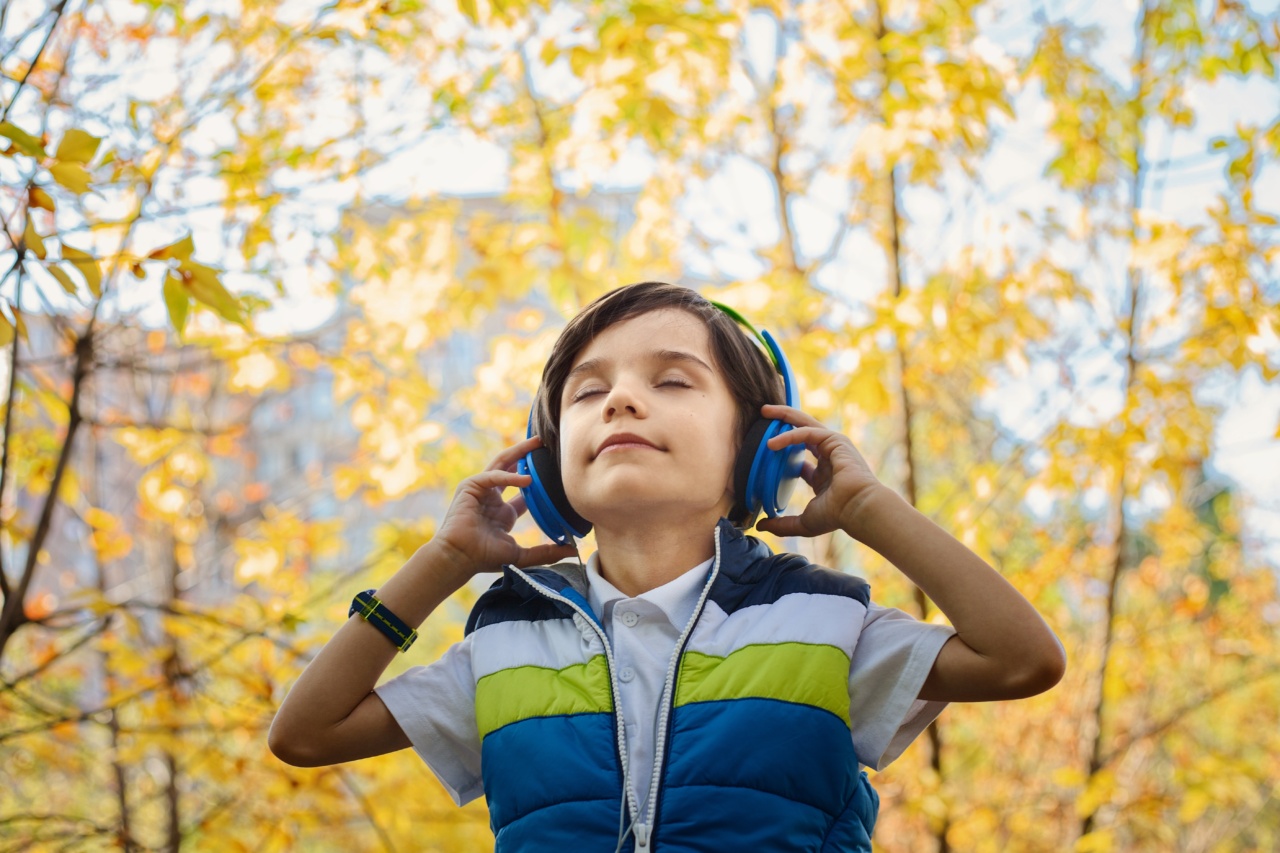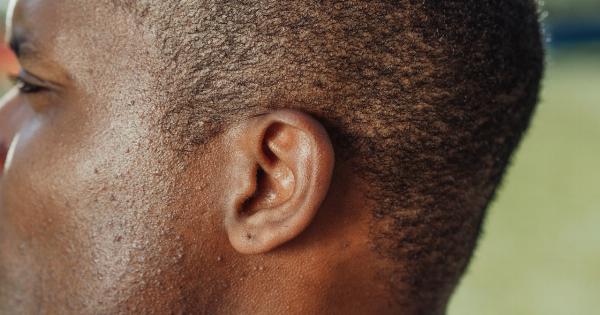Hearing plays a critical role in a child’s development. From language acquisition to socialization, hearing is the foundation for a child’s communication skills.
While most babies are born with healthy hearing, some may develop hearing problems as they grow older. That’s why it’s essential to have a hearing check-up for your child at the right age.
So, at what age should a child’s hearing be checked? The American Academy of Pediatrics recommends that all newborns have their hearing checked shortly after birth.
Additionally, they suggest having regular hearing screenings throughout infancy and early childhood.
Why Should You Check Your Child’s Hearing?
Hearing is essential for your child’s language and speech development. Without good hearing, a child may have difficulty learning to speak, read, and write. Furthermore, hearing problems can affect social interactions and educational progress.
The early detection of hearing loss can help prevent these issues.
Untreated hearing loss in children can have long-term implications. Children with hearing loss may experience delayed speech and language development. They may have difficulty forming relationships and may struggle academically.
Studies have shown that children with untreated hearing loss can suffer from lower self-esteem, depression, and other social-emotional disorders.
What Are the Different Methods of Hearing Tests for Children?
There are several types of hearing tests for children. The choice of test depends on the child’s age, ability to cooperate, and suspected hearing issues. Below are common hearing tests types:.
1. Otoacoustic Emissions Test (OAEs)
The OAE test detects sound waves generated by the inner ear in response to sound stimuli. A small probe is placed in the child’s ear, and a series of sounds are played to stimulate the ear.
The probe then records the ear’s response to the sound. This test is commonly used for newborn hearing screening, and it’s painless and non-invasive.
2. Auditory Brainstem Response Test (ABR)
The ABR test measures how well the brainstem responds to sound stimuli. During the test, electrodes are placed on the child’s head and neck, and a series of tones are played through earphones.
The electrodes measure the brain’s response to the sound. The ABR test is commonly used for newborns and young infants, and it’s safe and non-invasive.
3. Pure Tone Audiometry (PTA)
The PTA test measures the softest sound a child can hear at different frequencies. The child is required to wear headphones, and a series of beeps or tones are played at various frequencies and intensities.
The child responds to the sounds by pressing a button or raising a hand. The PTA test is commonly used for children over four years old who can follow instructions.
4. Tympanometry
The tympanometry test measures the movement of the eardrum in response to changes in air pressure. During the test, a small probe is placed in the child’s ear, and air pressure is changed in the ear canal.
The results of the test help determine the extent of hearing loss caused by middle ear problems and blockages.
What Happens If Your Child Fails a Hearing Test?
If your child fails a hearing test, it doesn’t necessarily mean they have hearing loss. Sometimes, factors such as background noise or earwax can interfere with the results.
Your doctor may want to retest your child or refer them to a pediatric audiologist for further evaluation. If your child is diagnosed with hearing loss, their audiologist will recommend a treatment plan tailored to their needs.
The treatment plan may include hearing aids, cochlear implants, or other assistive devices. Speech and language therapy are also commonly used to help children with hearing loss develop their communication skills.
Conclusion
Regular hearing check-ups are essential for your child’s overall health and well-being. It’s essential to detect and treat hearing loss early to prevent serious long-term implications.
Discuss with your pediatrician or audiologist and schedule a hearing screening for your child at the recommended age.




























